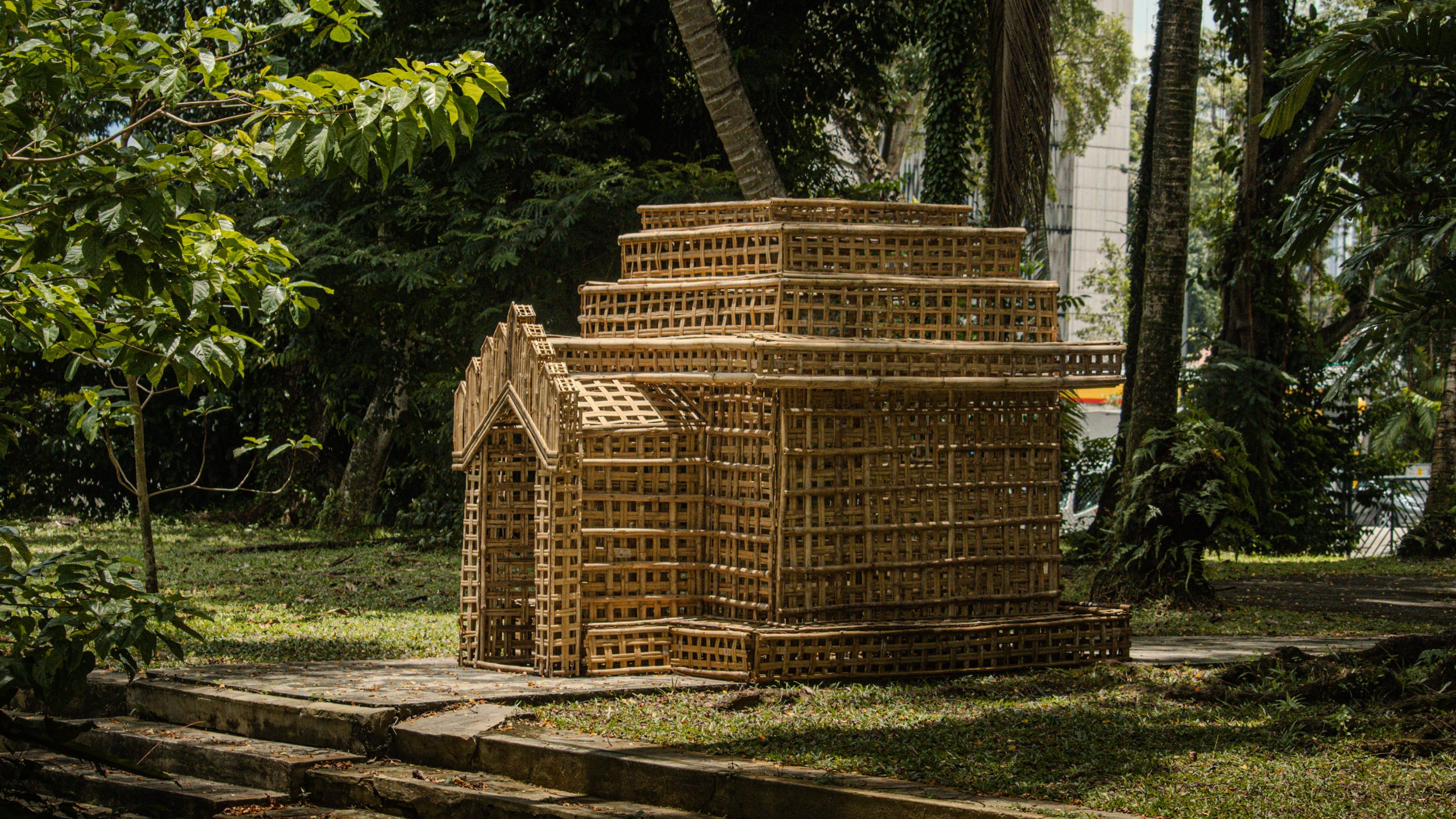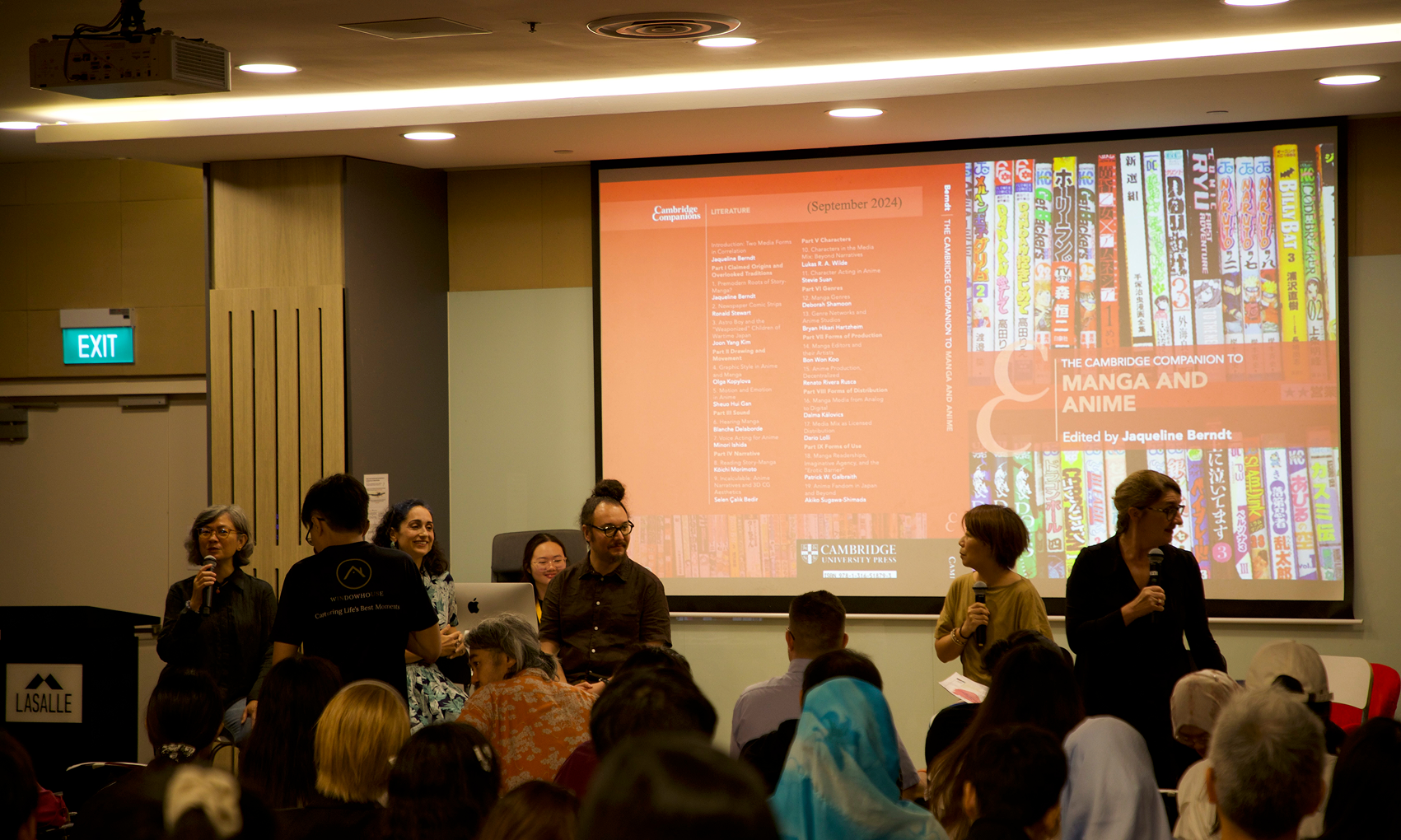Journal and book publications
Community, compassion & integrity: Consideration to ethics within art(s) therapy community project
Compassion is at the core of art(s) therapy community work, and passion is the stimulus that excites and ignites such projects. Alongside the incredible drive, engagement, and transformative processes and gains from these noble and responsive efforts, integrity of the profession must be consciously adhered to and abided by. Ethics must consistently guide our profession, and the impact of social media and social interest on community arts therapy practice must be strategically attended to. This presentation will highlight the pragmatics of planning, delivering and documenting large-scale community art(s) projects within ethical frameworks that foreground community, compassion and integrity. Challenges and successes from practice will be discussed.
Citation:
Lay, Ronald. “Community, compassion & integrity: Consideration to ethics within art(s) therapy community projects.” Australian and New Zealand Journal of Arts Therapy, vol. 13, no. 1, 2018, pp. 47-53.
System Designs for Arts Pedagogy
Art and design education continue to resonate with modernist and avant-gardist ideas of artwork and author. However, during the transition from modernism to post-modernism in the 1960s, art forms such as happenings, intermedia and participatory arts established evidence that cybernetic and system-theoretical approaches to art and design education as well as artistic practices provided valid avenues for the realisation of collective art forms. Emphasis on processes does not necessitate discipline-specific definitions of an expected final outcome, but relies on the synergetic impact of the combination of diverse expertise and experiences of the participating members of the team. Results are created and defined as a consequence of constant communication and feedback between team members. For realisation and evaluation of such an approach the determination of a set of rules on which such a system is based is critical. This paper evaluates process-oriented pedagogy within a tertiary arts education organisation with a selection of case studies from LASALLE College of the Arts (LASALLE) in Singapore. These interdisciplinary pedagogical arts practices range from structured improvisation as a creative laboratory, use of technology to inform practice, playing with spatial geometries, through to creating templates to shape or codes to sequence performance and durational arts practice. The paper proposes a system design for arts pedagogy based on the potentialities of collective collaboration rather than the individual artist and on the multiplicity of outcomes made possible by focusing on process rather than product or object.
Citation:
Muench, Wolfgang and Amanda Morris. "System Designs for Arts Pedagogy." Cumulus Conference Proceedings Paris 2018, no. 03/18, 2018, pp. 1140-1158.
Design Thinking as a Meta Language
“If you do not deploy design thinking, you are working for yourself.” Neal Cross, Managing Director and Chief Innovation Officer of DBS Bank, at Singapore DesignWeek 2017.
In his keynote speech at the Design Management Institute conference in London in 2015, Richard Buchanan, professor of design, management, and information systems at the Case Western Reserve University in the USA, distinguishes between design thinking as “a cognitive decision-making process” and design thinking as “a spirit that permeates a culture or an organization”. This paper examines design thinking in Singapore through investigating the way in which three of the country’s most critically acclaimed design firms, FITCH, IBM iX and Chemistry, have adopted and adapted design thinking principles in different contexts: retail design, systems design, and social design. The methods used here can be linked to the design thinking methodology as incepted by Stanford University’s Hasso Plattner Institute of Design, also referred to as d.School. The pragmatic characteristics of d.School’s design thinking process makes it easy to adopt. However, the key question which this paper will raise, is whether or not design thinking can unite a greater range of stakeholders in Singapore, given that the country’s Ministry of Communications and Information has elevated design as a key driver through the Design 2025 Master Plan which was issued in 2015. This initiative builds on the other definition of design thinking, the notion of a spirit. This paper discusses how expanding the collaborative attitudes within culture and society can potentially promote design thinking as a ‘spirit’ within a nation. Could design thinking be reframed to become a language-like concept that connects people and societies in their shared ambition to shape future lives? What are Singapore’s prospects with respect to this endeavor?"
Citation:
Lim, Stanley and Matthias Hillner. “Design Thinking as a Meta Language." Cumulus Conference Proceedings Paris 2018, no. 03/18, 2018, pp. 852-871.
Introducing Teamworking Workshops to Enhance the Effectiveness of Interdisciplinary Design Education
Donald Norman (2010), in his article titled Why Design Education Must Change, advocated an interdisciplinary approach in design pedagogy that allows us to nurture “[…] new kinds of designers, people who can work across disciplines […].” In order for designers to function effectively in the increasingly complex society we live in, it is imperative that they operate in interdisciplinary teams, to collaborate and coordinate with experts from different fields. This implies that designers will need to be equipped with project management and teamwork skills.
In the case of the Faculty of Design in LASALLE College of the Arts Singapore, the push for interdisciplinarity manifested itself in an initiative in the Bachelor’s programme termed Clusters. Students from different design programmes worked in interdisciplinary groups on briefs that were designed to harness the strengths of the various disciplines. Teamworking challenges were observed and reported during the inaugural run of Clusters. It is commonly assumed that students will develop teamworking skills organically in the process to overcome these challenges (Larson, et al., 2015). However, without equipping students with these skills, issues are bound to surface that can affect the success of such interdisciplinary projects.
The paper focuses on the teamwork-oriented approach of the second cycle of Clusters, during which workshops were introduced to prevent and circumvent teamwork problems identified. Tucker’s (2016) “Input-Process-Output Framework of Effectiveness in Student Design Teams” was adapted to develop a model that categorises various tools and exercises aimed at addressing challenges during the different processes of a teamworking experience.
This paper concludes with the insights gathered from the teaching of teamwork skills. The model, tools and exercises pre sented are of value to design educators and curriculum managers who seek to improve students’ perception of teamwork and development of teamwork skills.
Citation:
Lim, Stanley and Joselyn Sim. “Introducing Teamworking Workshops to Enhance the Effectiveness of Interdisciplinary Design Education.” Cumulus Conference Proceedings Paris 2018, no. 03/18, 2018, pp. 872-891.








